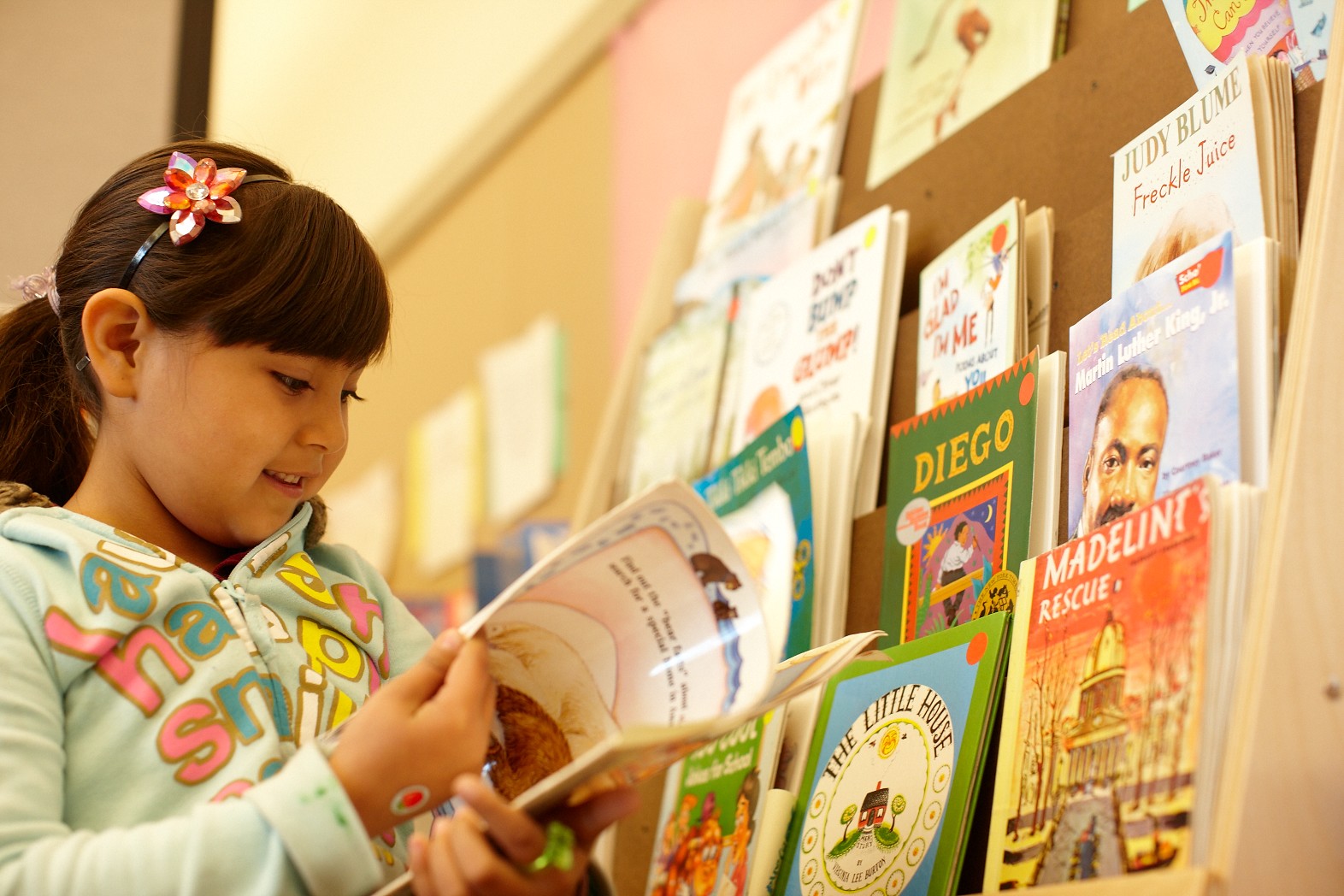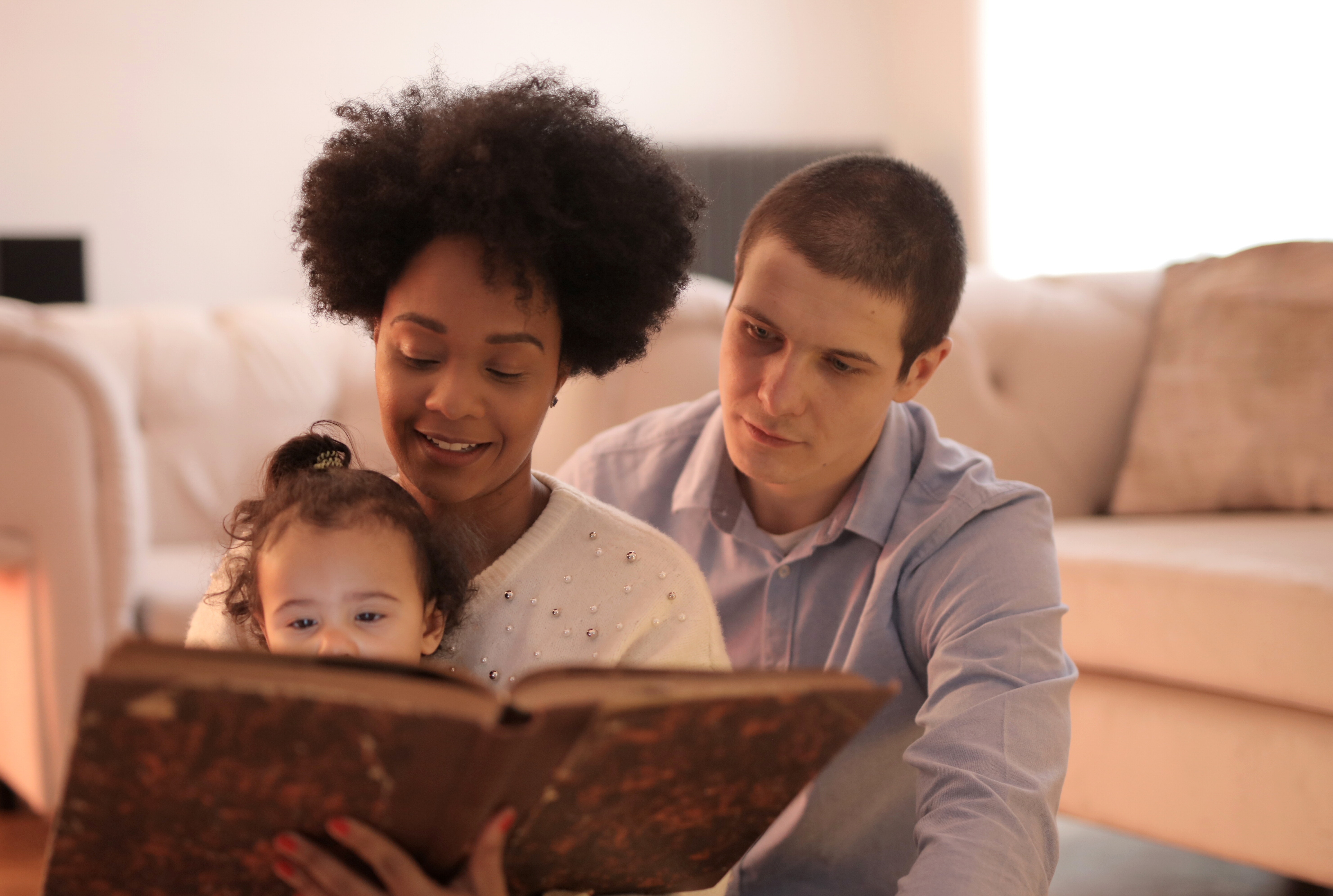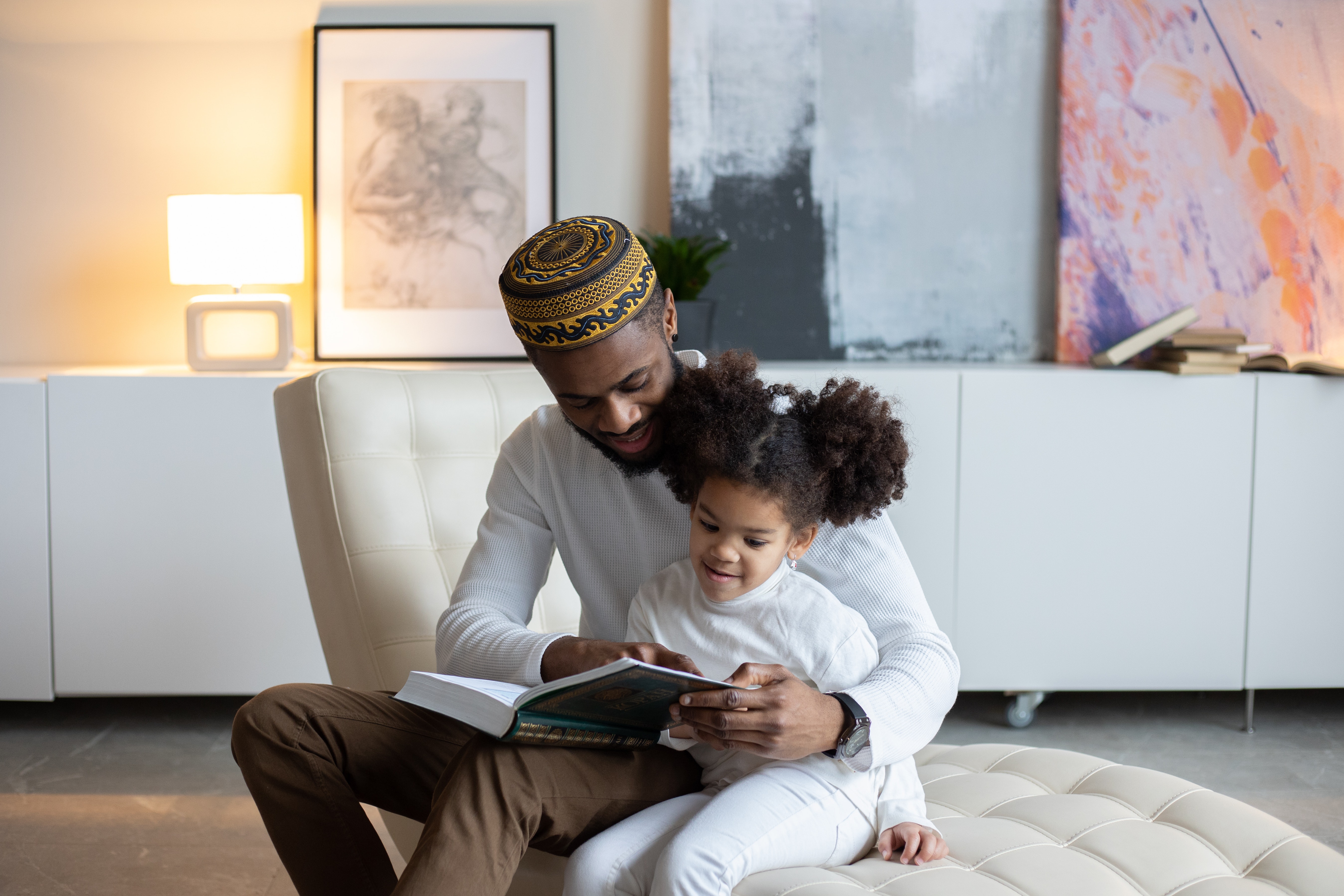
Reading together can broaden a child’s worldview and break down barriers
April 12, 2021
Site coordinator, SFBA
As teachers, tutors, and mentors (or parents, aunties, uncles, grandparents, godparents, and that nice person next door) we have opportunities to broaden the worldview of the children in our lives. In choosing multicultural literature for our children, we can affirm the experiences of each child and accustom them to inclusion.
“In addition to teaching children to enjoy books, educators can actively help their young charges recognize and deconstruct prevailing inaccurate, incomplete, and negative images and information,” concluded one study on early childhood education and development (Swindler, et. al, 2008).
The past year, from its limits on travel and social life to its intense discourse on race and privilege, has magnified the role of normalizing multicultural literature in the academic and domestic experiences of the children during their formative years.
“Literature transforms human experience and reflects it back to us, and in that reflection, we can see our own lives and experiences as part of the larger human experience.” says the mother of multicultural literature, Rudine Sims Bishop.

Affirming one’s experience
Reading multicultural literature allows children to learn more about themselves and begin to formulate their own narratives.
As my own daughters reach school age, my partner and I want to reinforce their burgeoning individual stories. They sound like me, look like him: American-born, Anglo-Latina women born from two rich heritages. In the books we read together, and conversations they ignite, we find a foundation to share experiences around and between us.
Read literature from other geographies and experiences to connect your child to their individual cultural experience. Books can illuminate geography, ethnic tradition, and build one’s own understanding and respect of personal cultures. Multicultural literature can endow children with a breadth and depth of knowledge, even about their own origins.
“A child can see their own characteristics, idiosyncrasies, interactions, and feelings reflected or affirmed in a character.” (Sims-Bishop, 1997).
Read books about the community and neighborhood your child lives in. Yi-Fu Tuan, the Chinese American human geographer, wrote that people of all ages need to develop a sense of place in order to understand their status in the world and form a sense of self-identity (2001). Sense of place helps adults become geo-literate—having the tools and knowledge to protect natural and cultural resources, reduce violent conflicts, and improve the quality of life worldwide (Edelson 2011).

Building empathy
Reading multicultural literature enables children to develop the powerful trait of empathy. Engage your young children early, but don’t underestimate the value of reading with older children. Researcher Steven Scoffman writes:
“The extraordinary growth in world knowledge that occurs in middle childhood is also highlighted as it appears to indicate a developmental stage and a particularly favourable opportunity for promoting global awareness…a stronger focus on the process of learning (world knowledge) has the potential to… help circumvent the barriers created by stereotypes and preconceptions (2019).”
In a pandemic limiting social flow and experience, exposure to multicultural books can offer a greater understanding of the spaces, communities, and geographies around us. The National Association for the Education of Young Children adds:
“Through interactions with the environment and each other, children develop geo-literacy skills, become empowered, and see themselves as capable social beings. (Brillante&Mankiw, 2015.)“
Educators are at the frontlines of changing accessibility to multicultural literature. As the grown-ups in the young lives around us, we can also build exposure (and personal libraries) to do the same. This excerpt from the book Against Borders says it best:
“Books can make a difference in dispelling prejudice and building community: not with role models and literal recipes, not with noble messages about the human family, but with enthralling stories that make us imagine the lives of others. A good story lets you know people as individuals in all their particularity and conflict; and once you see someone as a person- flawed, complex, striving- then you’ve reached beyond stereotypes (p. 19, Rochman, 1993).”

Multicultural book recommendations
Multicultural literature encompasses the experiences of people of color, religious minorities, the disabled, and the aged, as well as regional cultures in vast nations like the United States, and more. Reading Partners is committed to elevating diverse narratives in our resources for schools and individuals. The following booklist includes some selections from the Reading Partners curriculum in use every day by Reading Partners pairs. Share these titles and authors with your circles of little scholars to break down societal barriers.
To Read with emerging and beginning readers in your life (grades K-3):
 Shante Keys and the New Year’s Peas by Gail Piernas-Davenport
Shante Keys and the New Year’s Peas by Gail Piernas-Davenport- Around the World Right Now by Gina Cascone and Bryony Williams Shephard
- Maya Papaya by Susan Middleton Elya
- We Are Grateful by Traci Sorell
- A Gift by Yong Chen
- I’m New Here by Ann Sibley O’Brien
- Great Grandma Dot by Laura Appleton Smith
(My favorite selection) to read with advancing readers in your life (grades 3-5):
- Duck for Turkey Day by Jacqueline Jules
- One Day House by Julia Durango
- The William Hoy Story by Nancy Churnin
- One Green Apple by Eve Bunting
Poems:
 Sidewalk Chalk: Poems of the City by Carole Boston Weatherford
Sidewalk Chalk: Poems of the City by Carole Boston Weatherford- A New School Year: In Six Voices by Sally Derby
Longer Texts:
- She Sang Promise by Jan Godown Annino
- My Hair is A Garden by Cozbi A Cabrera
- Nadia’s Hands by Karen English
- Imani’s Moon by Janay Brown-Wood
- Good Neighbor Nicholas by Virginia Kroll
Check out our previous book lists to find more thoughtfully selected titles. We further welcome you to contribute to our Take Reading With You libraries and put multicultural literature in the hands of local children. You can do this by leading a book drive or fundraiser, or by donating monetarily before the school year ends.
Works Cited
Pamela Brillante and Sue Mankiw (July 2015) Social Studies: From a Sense of Self to a Sense of the World, Young Children, Vol. 70, No. 3
Laurie J. Harper & Susan Trostle Brand (2012, July 25), More Alike than Different: Promoting Respect through Multicultural Books and Literacy Strategies, Pages 224-233
Violet J Harris, Editor. (1997.) Using multiethnic literature in the K-8 classroom, Christopher-Gordon.
Hazel Rochman (1993) “Against Borders” The Horn Book Magazine, March/April 1995, p19.
Stephen Scoffham (2019) The world in their heads: children’s ideas about other nations, peoples and cultures, International Research in Geographical and Environmental Education, 28:2, 89-102, DOI: 10.1080/10382046.2019.1529712
Dr. Gloria Swindler Boutte,Ronnie Hopkins &Tyrone Waklatsi (2008) Perspectives, Voices, and Worldviews in Frequently Read Children’s Books, Early Education and Development, Volume 19, Issue 6: CONFLICT RESOLUTION, Pages 941-962.



